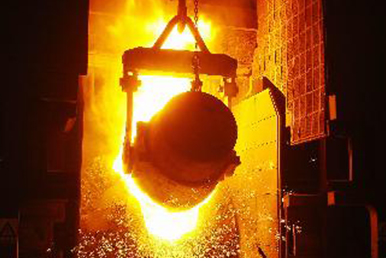Jul . 26, 2024 14:56 Back to list
High-Performance Pressure Bearings with Excellent Thermal Insulation Properties for Advanced Applications
High-Quality Pressure Bearing Thermally Insulating Materials
In contemporary engineering and technology, the demand for materials that can withstand extreme conditions while providing thermal insulation has never been higher. High-quality pressure bearing thermally insulating materials play a critical role in various industries, including aerospace, automotive, construction, and energy. These materials not only ensure structural integrity under mechanical stress but also enhance energy efficiency by reducing heat transfer. This article delves into the significance, types, and applications of these advanced materials.
Importance of High-Quality Insulating Materials
The primary purpose of thermally insulating materials is to reduce heat flow between objects at different temperatures. In many applications, thermal insulation is crucial for energy conservation, safety, and comfort. However, when subjected to mechanical loads, these materials must also exhibit high compressive strength and durability. This dual requirement makes the development of high-quality pressure bearing thermally insulating materials a complex yet essential task.
In industrial settings, efficient thermal insulation contributes to lower energy costs, reduced environmental impact, and improved operational performance. For instance, in the construction sector, buildings equipped with effective insulation can maintain stable indoor temperatures, thus decreasing the reliance on heating and cooling systems. This translates to significant energy savings and a smaller carbon footprint.
Types of High-Quality Pressure Bearing Thermally Insulating Materials
A variety of materials have been developed to meet the combined demands of thermal insulation and mechanical robustness. Some of the most notable types include
1. Ceramic-Based Insulations High-temperature ceramics are renowned for their exceptional thermal resistance and structural strength. Commonly used in aerospace and automotive applications, ceramics can withstand extreme conditions while providing excellent insulation.
high quality pressure bearing thermally insulating materials

2. Composite Materials Combining different materials can yield composites that possess both high strength and low thermal conductivity. For example, fiber-reinforced polymers often feature in applications where lightweight and durable insulating materials are needed.
3. Aerogels Often referred to as frozen smoke, aerogels are incredibly lightweight with remarkable insulating properties. Their porous structure minimizes heat transfer, making them suitable for advanced thermal insulation in a variety of sectors including construction and space exploration.
4. Mineral Wool Made from natural or synthetic minerals, mineral wool is a widely used insulating material that supports high compressive loads. Its fire-resistant properties and sound absorption capabilities make it a popular choice for both residential and industrial applications.
5. Polystyrene Foam Expanded and extruded polystyrene foams are lightweight, cost-effective, and offer excellent insulating properties. While not as pressure-resistant as other materials, they are often employed in construction applications where thermal insulation is paramount.
Applications and Future Directions
The applications of high-quality pressure bearing thermally insulating materials span across various sectors. In the aerospace industry, materials that can sustain high pressures and temperatures while minimizing weight are critical for the performance of aircraft and spacecraft. In construction, these materials are essential for energy-efficient buildings, particularly in extreme climates.
Looking ahead, the ongoing research into nanomaterials and smart composites holds great promise. Innovations in material science could lead to the development of next-generation thermally insulating materials with enhanced performance characteristics, including self-healing capabilities and adaptive thermal regulation.
In conclusion, high-quality pressure bearing thermally insulating materials are indispensable in modern technology and engineering. As industries continue to prioritize sustainability and efficiency, the advancement of these materials will play a pivotal role in shaping the future of energy conservation and structural integrity. Embracing these innovations will not only meet current demands but also pave the way for more resilient and efficient technologies in the years to come.
-
Eco-Friendly Granule Covering Agent | Dust & Caking Control
NewsAug.06,2025
-
Fe-C Composite Pellets for BOF: High-Efficiency & Cost-Saving
NewsAug.05,2025
-
Premium Tundish Covering Agents Exporters | High Purity
NewsAug.04,2025
-
Fe-C Composite Pellets for BOF | Efficient & Economical
NewsAug.03,2025
-
Top Tundish Covering Agent Exporters | Premium Quality Solutions
NewsAug.02,2025
-
First Bauxite Exporters | AI-Optimized Supply
NewsAug.01,2025
